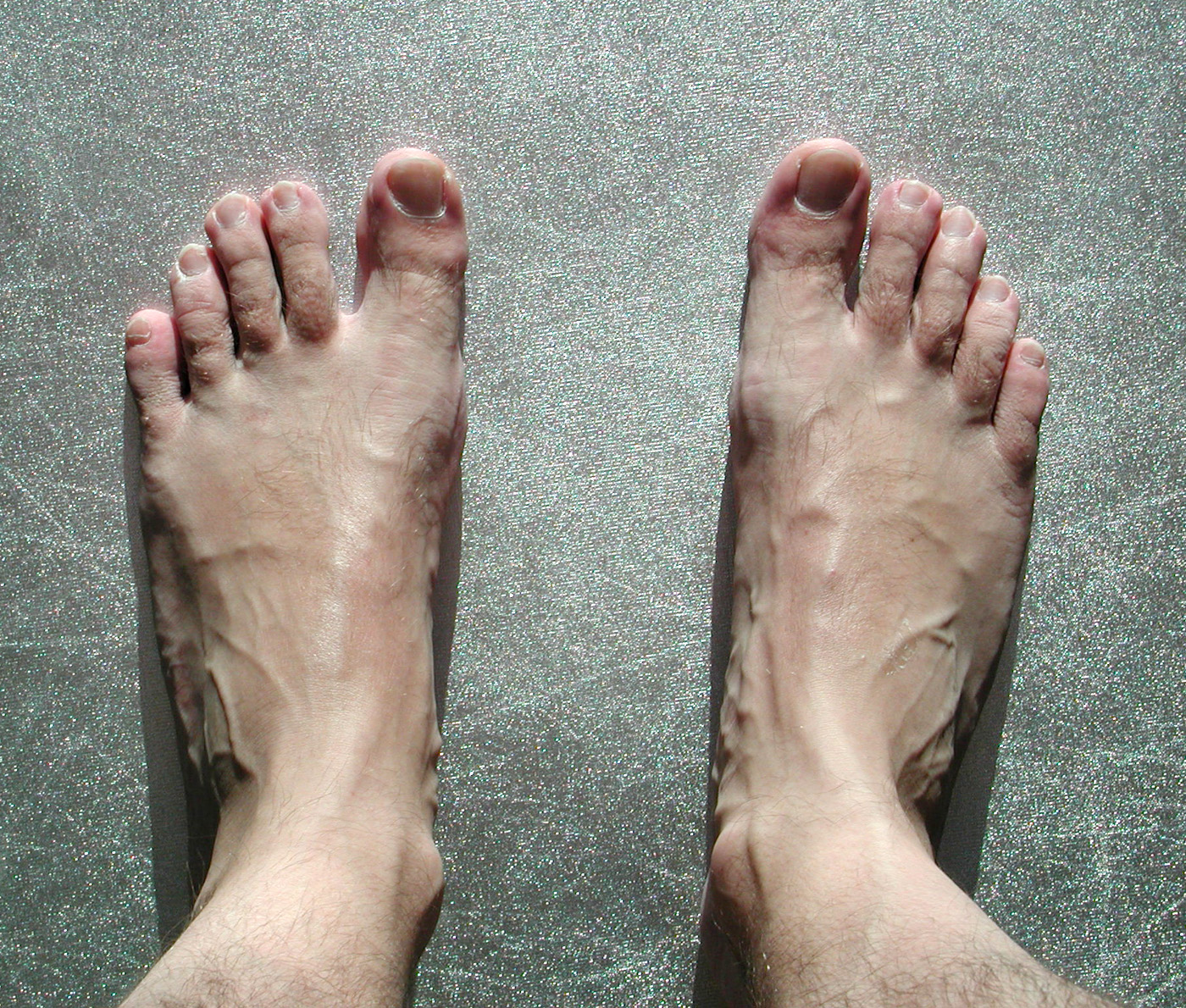Foot health: steps in the right direction

Foot health is not something that patients think about very often. Feet are very far away (relatively speaking) and often hiding inside shoes (out of sight, out of mind!). Yet, we must talk about feet and about diabetic feet in particular.
On my family medicine rotation, I met several patients presented to us too late – they had developed a large ulcer or the space between their toes was inflamed with cellulitis. To prevent these advanced complications, every diabetic patient that came through our door was required to take off their shoes and socks for a foot check that I, the very obedient and enthusiastic medical student, was to perform.
As I checked every crevice of their feet, I would ask patients how they cleaned them or if they had ever had any foot infections. You know, the usual small talk. Many times the patients would giggle, wondering why this strange medical student was so intent on examining their feet. I would take the opportunity to explain very seriously that diabetic patients with uncontrolled sugars were at high risk for foot infections. Such foot infections could even lead to losing the foot or even the whole limb. Suddenly, I would have the patient’s attention.

My perseverance in performing foot exams led to many conversations with patients about what it meant to have controlled versus uncontrolled diabetes and why diabetics are particularly prone to foot infections. I explained how high sugars in the blood provide ample food for any bacteria or fungi already present on their feet, and how little breaks in the skin, especially between the toes, will allow these microbes to enter and feast on their feet. I also explained how nerve and blood vessel damage from high blood sugar could lead to decreased sensation and a decreased ability to heal from these infections.
Patients were shocked to learn that people could go weeks without even realizing they had a foot infection. My patients would always sit up a little straighter as I explained these facts. Eventually, they would lean down to take a look at their own inter-toe spaces with me, perhaps for the first time. Like a Vanna White on the Wheel of Feet, I would point out little spots of inter-toe maceration and demonstrate with a paper towel how to meticulously dry off these areas after a shower. I would instruct them to apply lotion or petroleum jelly to their cracked soles to prevent skin breaks.
These less glamorous moments on family medicine often proved to be the most educational, both for patients and for myself. Chronic disease management is no easy feat, but sometimes all it takes is a conversation about feet to get patients to take steps in the right direction.


